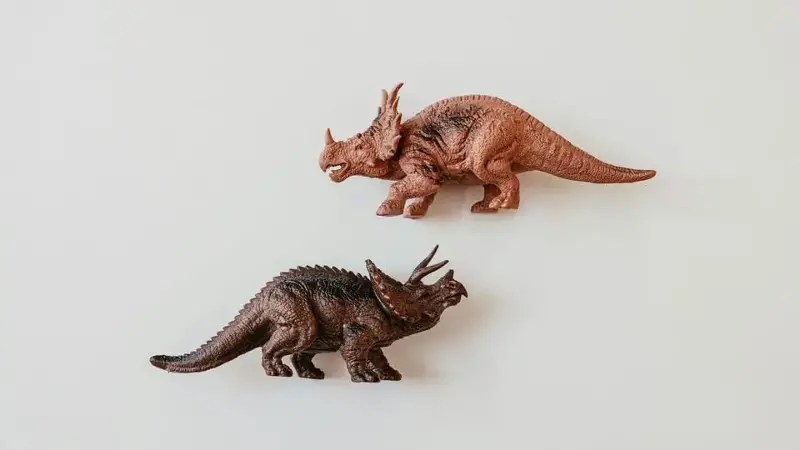
A researcher with the Natural History and Conservation Centre said that they have unearthed a dinosaur fossil, believed to be of the three-horned Triceratops along the banks of the Sahansara River in Uttar Pradesh's Saharanpur district, as per a PTI report.
The fossil found at the excavation site is believed to be the nasal horn of a Triceratops, dating back 35-40 million years, it added.
Triceratops fossil found in India: What did the researcher say?
Speaking to PTI, Mohammad Umar Saif, founder of the Natural History and Conservation Centre in Saharanpur said that part of the dinosaur nose was excavated recently.
“A fresh fossil has been discovered, believed to be of a Triceratops... The fossil is a part of its nose. While we cannot definitively say that it belongs to a Triceratops, it closely resembles other Triceratops fossils found around the world. Its morphology, shape and size are very similar,” he said.
Why is the Triceratops find significant?
According to Saif, Triceratops were generally found during the Late Cretaceous period, 100.5 million years ago to 66 million years ago. “The fossil is exceptionally well-preserved as as it has completely transformed into sandstone due to heavy mineralisation because it remained buried in the foothills of the Himalayas for approximately 35–40 million years. This is a good discovery,” he added.
Several fossils, dating back millions of years, have been reportedly excavated from the area in recent years, drawing interest from researchers.
(With inputs from PTI)
